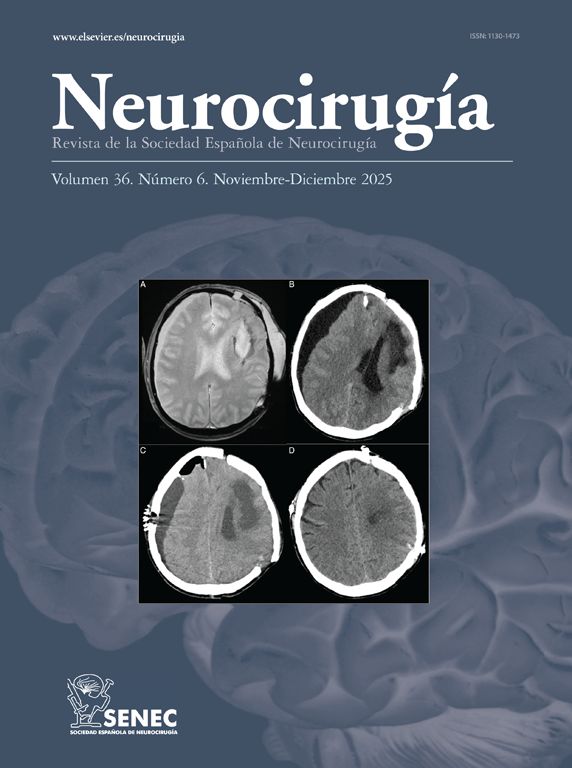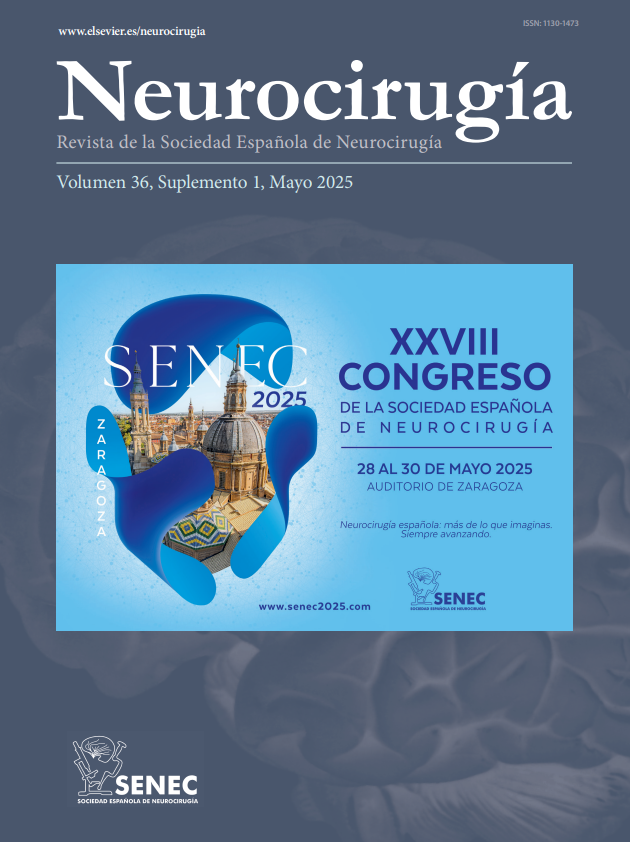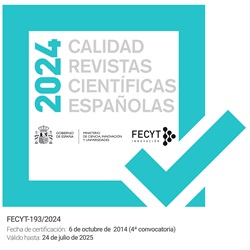P-084 - CLIPPING TRAINING IN INTRACRANIAL ANTERIOR CIRCULATION ANEURYSMS CREATED IN AN EX VIVO SIMULATED MODEL WITH PULSATILE CIRCUIT
Hospital Universitario La Paz, Madrid, Spain.
Introduction and objectives: The development of endovascular techniques has led to a decline in surgical skills for aneurysm clipping. We present an ex vivo model for constructing saccular aneurysms, for training in aneurysm clipping and microsurgical skills maintenance.
Methods: Three of the most common deep anterior circulation intracranial aneurysms (carotid artery sidewall, anterior communicating artery and carotid bifurcation) were created using swine cryopreserved segments of primitive carotid arteries and jugular veins. The aneurysms were made by anastomosing a venous segment, sealed at its dome, into elliptical arteriotomies of the recipient arteries. The models were assembled within a Petri dish, using 8/0 monofilament Nylon for anastomoses under a NC4 Zeiss neurosurgical microscope. The aneurysms were secured inside synthetic skull with sutures to replicate their anatomical positioning within the circle of Willis. An orbito-pterional craniotomy was performed for aneurysms clipping, and a soft plastic brain was placed inside the skull for realistic retraction. Vascular pulsation was achieved by circulating serum through a peristaltic pump, with an inflow-outflow circuit in the models via silastic catheters.
Results: 15 aneurysms were created, 5 of each type, ranging in height from 7 to 18 mm and in neck width from 5 to 8 mm. Construction times varied from 30 to 65 minutes, while assembly within the synthetic skull with a perfusion circuit took 15 to 23 minutes. Neck microsurgical clipping was successfully performed on all aneurysms, using clips like those used in real clinical practice. The model retains realistic pulsatility, elasticity and firmness even after being frozen and thawed multiple times.
Conclusions: The model can be reused for training, making it an effective tool for learning and maintaining microsurgical skills in vascular reconstruction and intracranial anterior circulation aneurysm clipping.






